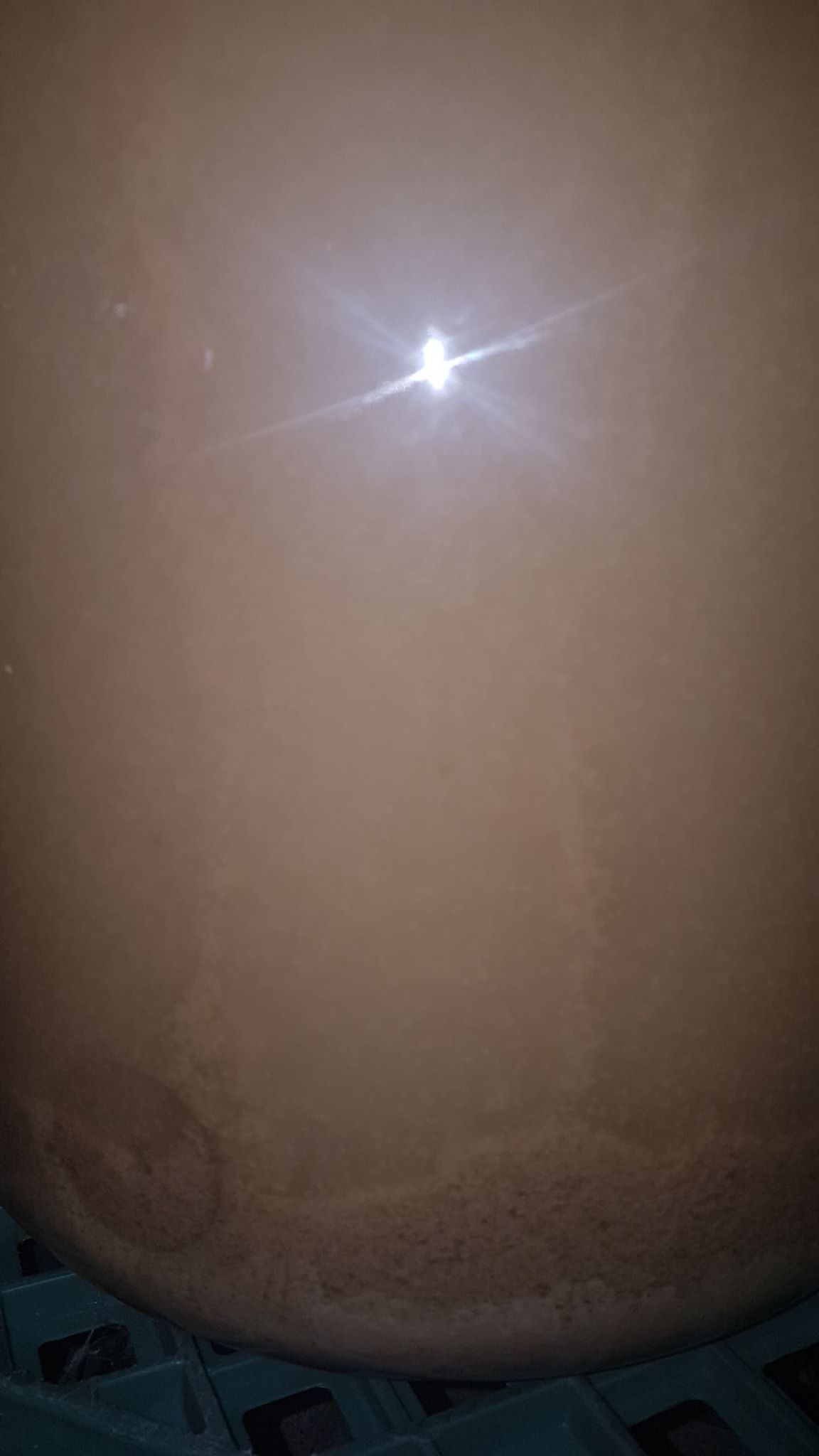YeastInfection
New Member
So, I'm doing my very first brew (a hefeweizen) using the brew in a bag method. I think it's all gone relatively well for a first attempt, non-kit. The yeast is yeasting. But, now that I'm in the fermentation stage, I wonder if I was supposed to have filtered the grain sediment out of the mash before the boil, or the wort before cooling it. I know that it is normal to have sediment at this stage, but I'm just wondering if I was supposed to have filtered it out beforehand, or if doing so is bad. It's not really a crazy amount of sediment compared to brewing videos that I've seen. I also know that it will settle to the bottom and can just be avoided when siphoning, but I'm mostly axing if leaving the sediment there during fermentation will affect the flavour.


Also, more questions. It's 5 gallons, and I did it on a regular stovetop. It was definitely boiling, but perhaps not as vicious of a boil as I've seen in the tutorial videos. What effect might a lower boil have on the final result? Also, what actually is the point of boiling the wort, aside from adding hops/zest? Also, these pictures are from about 48 hours into the fermentation process. Is the 1cm of foam on top an indication that the beer will be weak? Normally it seems like people's carboys have much more foam.
Thanks for answering any of my noob questions.


Also, more questions. It's 5 gallons, and I did it on a regular stovetop. It was definitely boiling, but perhaps not as vicious of a boil as I've seen in the tutorial videos. What effect might a lower boil have on the final result? Also, what actually is the point of boiling the wort, aside from adding hops/zest? Also, these pictures are from about 48 hours into the fermentation process. Is the 1cm of foam on top an indication that the beer will be weak? Normally it seems like people's carboys have much more foam.
Thanks for answering any of my noob questions.
Last edited:


























![Craft A Brew - Safale S-04 Dry Yeast - Fermentis - English Ale Dry Yeast - For English and American Ales and Hard Apple Ciders - Ingredients for Home Brewing - Beer Making Supplies - [1 Pack]](https://m.media-amazon.com/images/I/41fVGNh6JfL._SL500_.jpg)






























